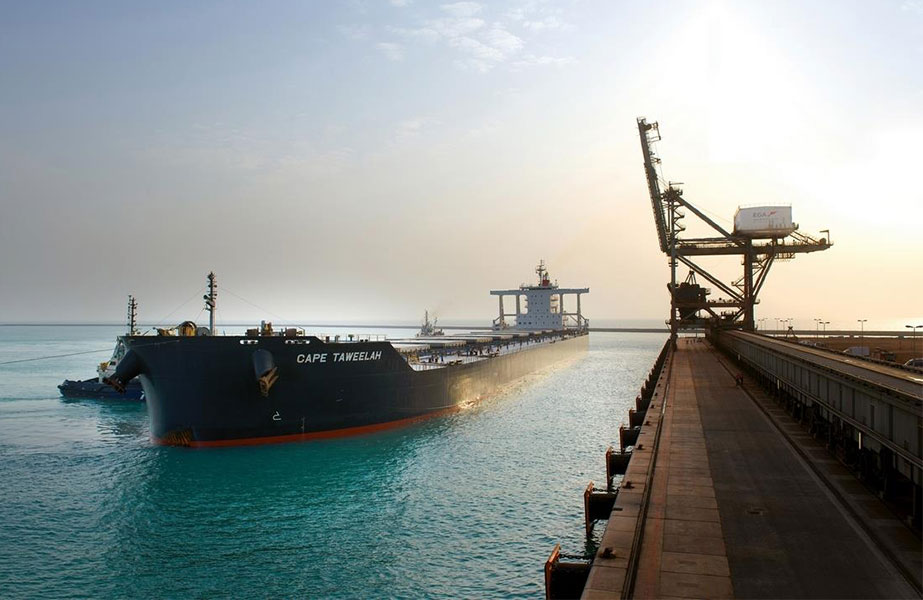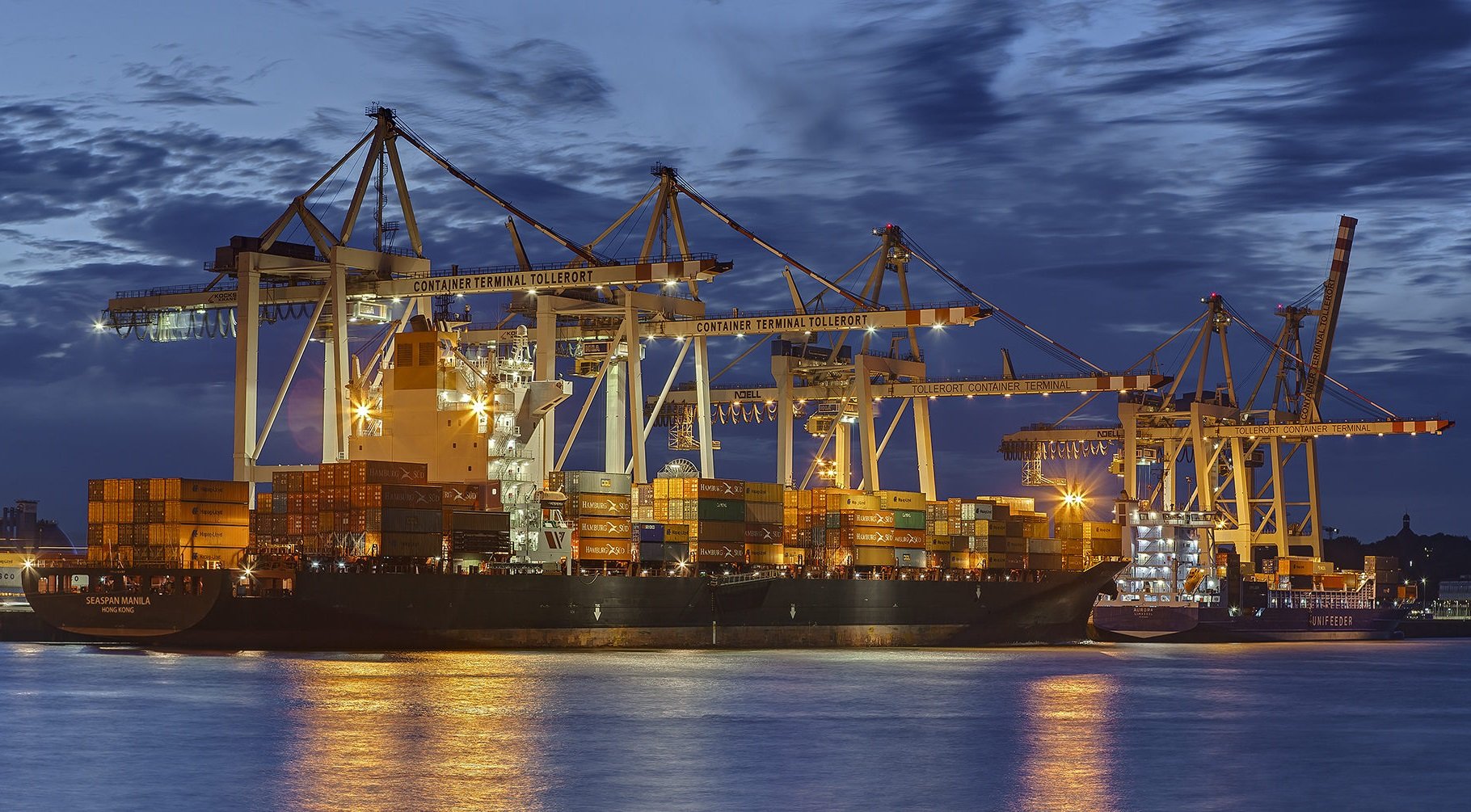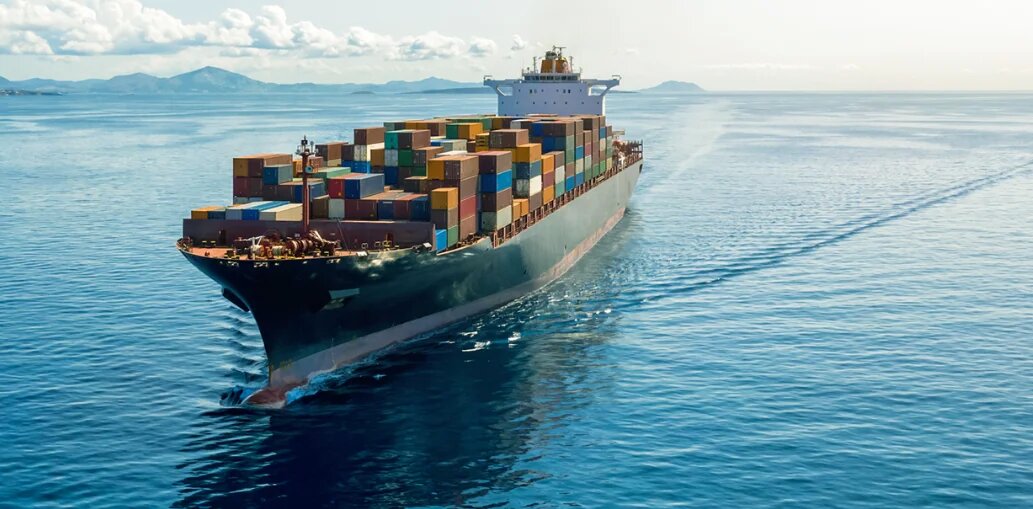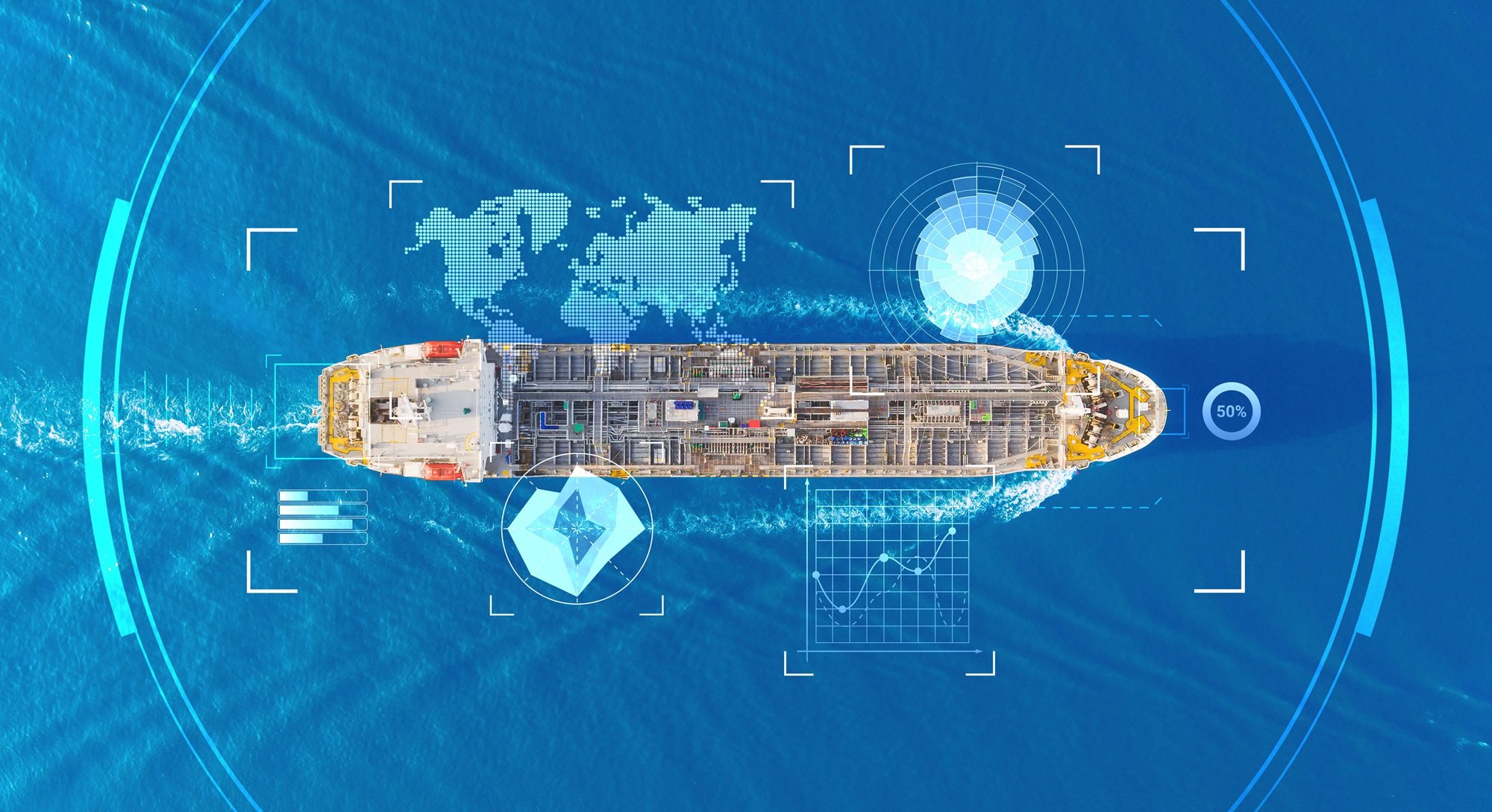The Amazon Arc region, which encompasses port terminals along the Amazon River and its tributaries, including those situated below the Bay of Marajó, has been gaining increasing importance in Brazil’s national logistics landscape. With 87.8 million tonnes moved in 2024, considering both long-haul and cabotage operations, the region recorded a 4.8% increase over the previous year, consolidating its role as one of the main routes for the flow of goods in Brazil, particularly for agricultural commodities relevant to the country’s foreign trade. It is worth noting that approximately 64% of this total was handled by Private Use Terminals (TUPs), underscoring the key role of private enterprise in the region’s logistics dynamics.
The data comes from a survey conducted by the Research and Development Coordination of the Association of Private Port Terminals (ATP), which brings together large companies and represents 70 private terminals across the country. According to ATP, in 2024, the port throughput of the Amazon Arc — encompassing all the states in Brazil’s Northern Region — was led by solid bulk cargo, particularly bauxite (23.9 million tonnes), soybeans (17.1 million tonnes), and corn (13.7 million tonnes). Containerized cargo also posted significant volumes, totaling 9.9 million tonnes. Other products handled at regional port terminals included inorganic chemicals (5.7 million tonnes), petroleum and derivatives excluding crude oil (5.2 million tonnes), fertilizers (3.9 million tonnes), and caustic soda (1.2 million tonnes), among others. These figures reflect the diverse cargo profile handled by Brazilian port terminals, with a predominance of mineral and agricultural commodities.
Within this context, soybean and corn shipments have shown notable growth, with volumes rising by 288.1% over the past ten years — a rate significantly higher than that of Brazil’s traditional export corridors. Over the same period, soybean and corn volumes moved through the Port of Santos (SP) increased by 55.3%, while Paranaguá (PR) saw growth of 17.2%. In 2024, soybean and corn volumes through the Amazon Arc reached 30.9 million tonnes, representing 22.8% of the national total for these commodities moved via long-haul and cabotage shipping, estimated at 135.3 million tonnes. This alone reinforces the strategic role of the Amazon Arc as an alternative to traditional corridors.
For comparison, Santos handled approximately 43.9 million tonnes of soybeans and corn in 2024, equivalent to 32.4% of the national total, while Paranaguá accounted for 14.3 million tonnes, or 10.6%. Together, these two major ports accounted for 43% of the movement of these commodities. Although their combined volume remains higher, the proportional growth and consolidation of the Amazon Arc as a logistics corridor represent a significant shift in the country’s grain export geography.
ATP seeks to increase authorized draft depth for navigation
Despite progress, the years 2024 and 2025 have proven challenging for cargo flows through the region.
A prolonged drought, which significantly reduced river levels, combined with delays in carrying out maintenance dredging, led to restrictions on vessel loading capacity.
As a direct consequence, soybean and corn shipments for long-haul and cabotage through the Amazon Arc dropped 8.7% in the first five months of 2025 compared to the same period in 2024, totaling 13.3 million tonnes.
|
In light of this scenario, ATP has intensified its efforts to enhance navigation in the Northern Region. One of its key initiatives is the Barra Norte project, which aims to increase the authorized draft depth, thereby enhancing the region’s logistical efficiency. At the same time, ATP’s Infrastructure Committee has been collaborating with institutions such as the National Department of Transport Infrastructure (DNIT) and the Brazilian Institute of Environment and Renewable Natural Resources (Ibama) to facilitate strategic dredging operations, including those in the Tapajós River.
In addition, ATP is actively advocating for the implementation of the waterway concession model, which would transfer responsibilities such as hydrographic surveys, traffic management, maintenance, and nautical signaling to the concessionaire. This model aims to enhance predictability and regularity in inland navigation, thereby reducing the need for emergency actions and ensuring greater stability for waterway transport.
According to ATP president Murillo Barbosa, consolidating the Amazon Arc as a strategic logistics corridor depends on long-term structural public policies, institutional partnerships, and a regulatory environment that encourages long-term investment.
“With its natural vocation for inland navigation and its privileged geographic position, the region has all the conditions to continue expanding its role in the flow of national production — provided that the current operational bottlenecks are addressed,” said Barbosa.
Soybean and corn volumes handled through the Amazon Arc
|
|
Soybean and Corn Throughput by Port Region
|
Source: Associação de Terminais Portuários Privados (ATP)




